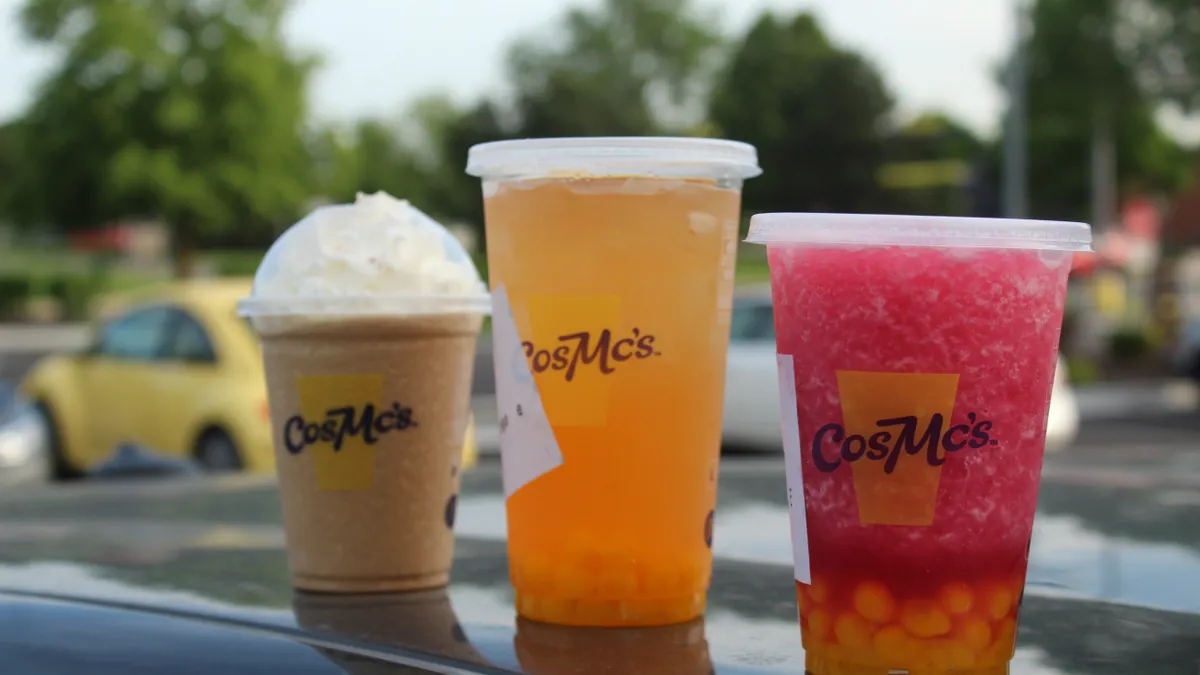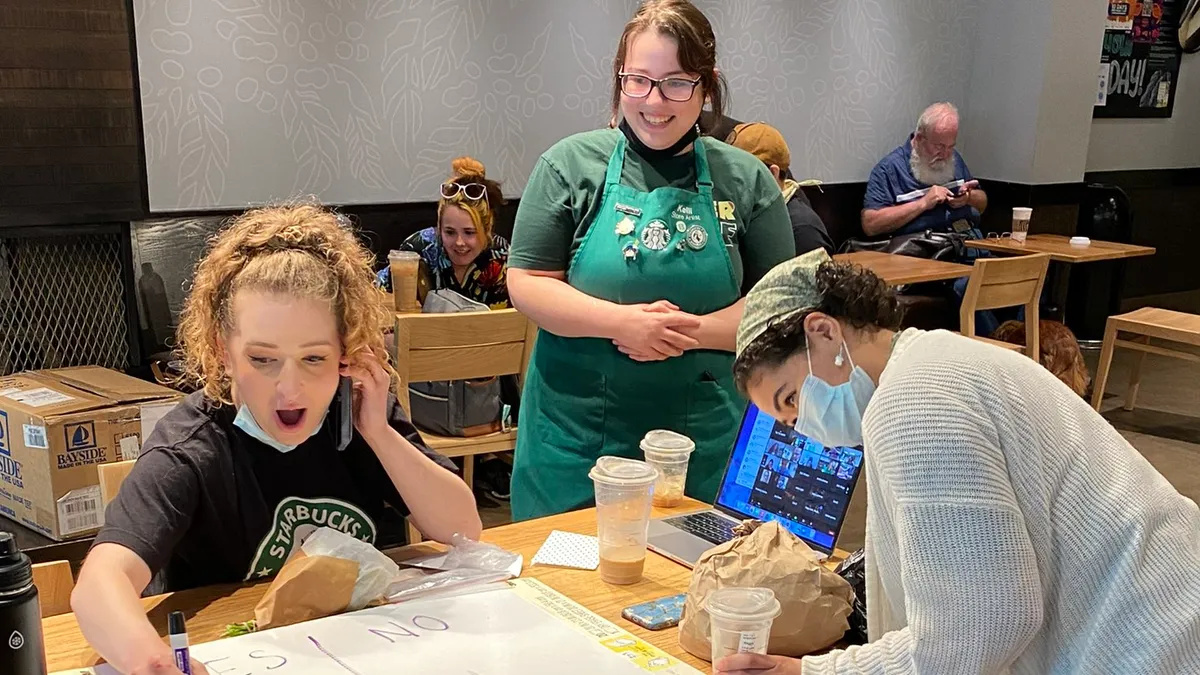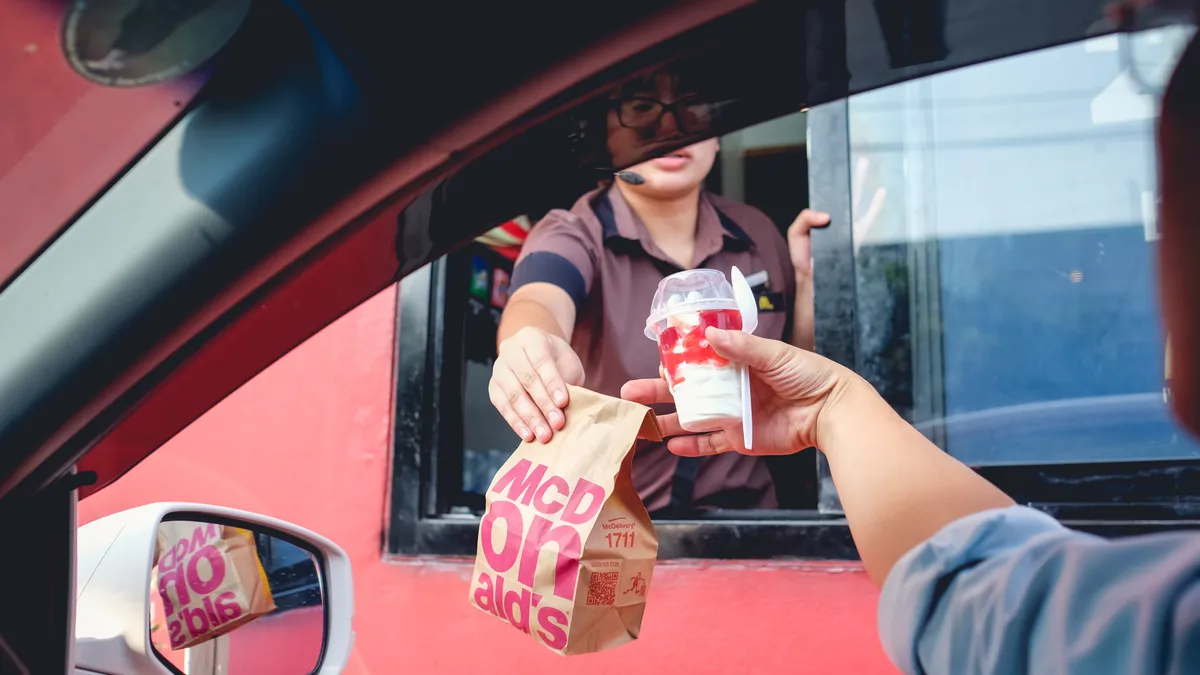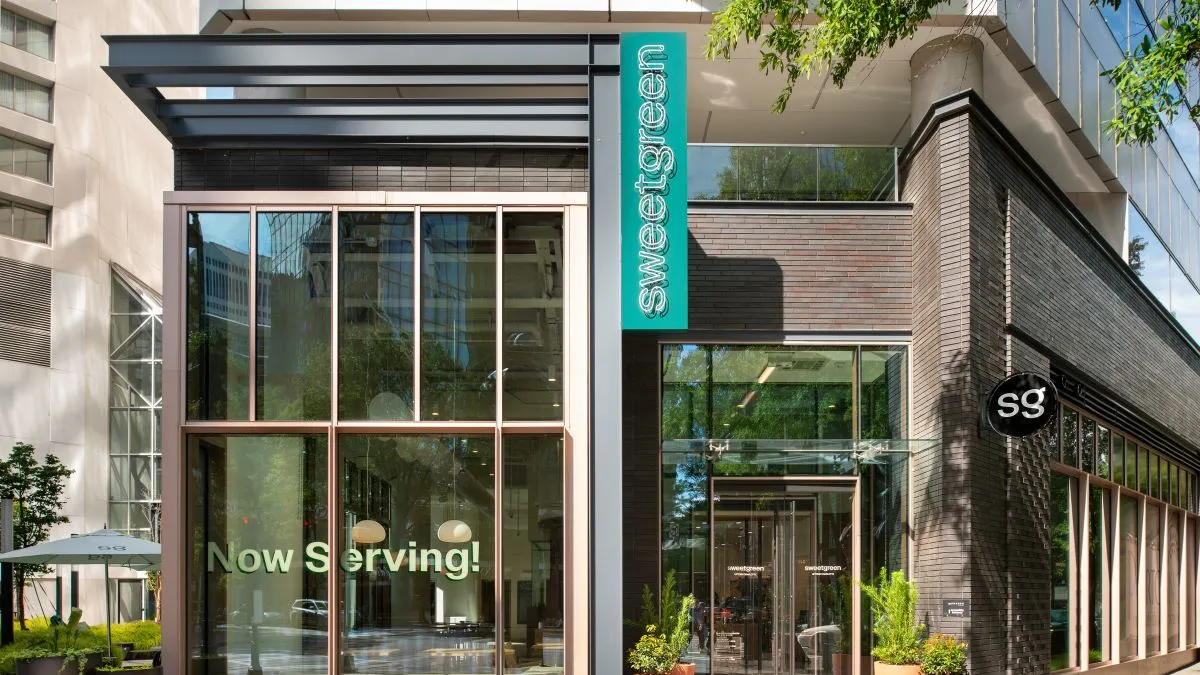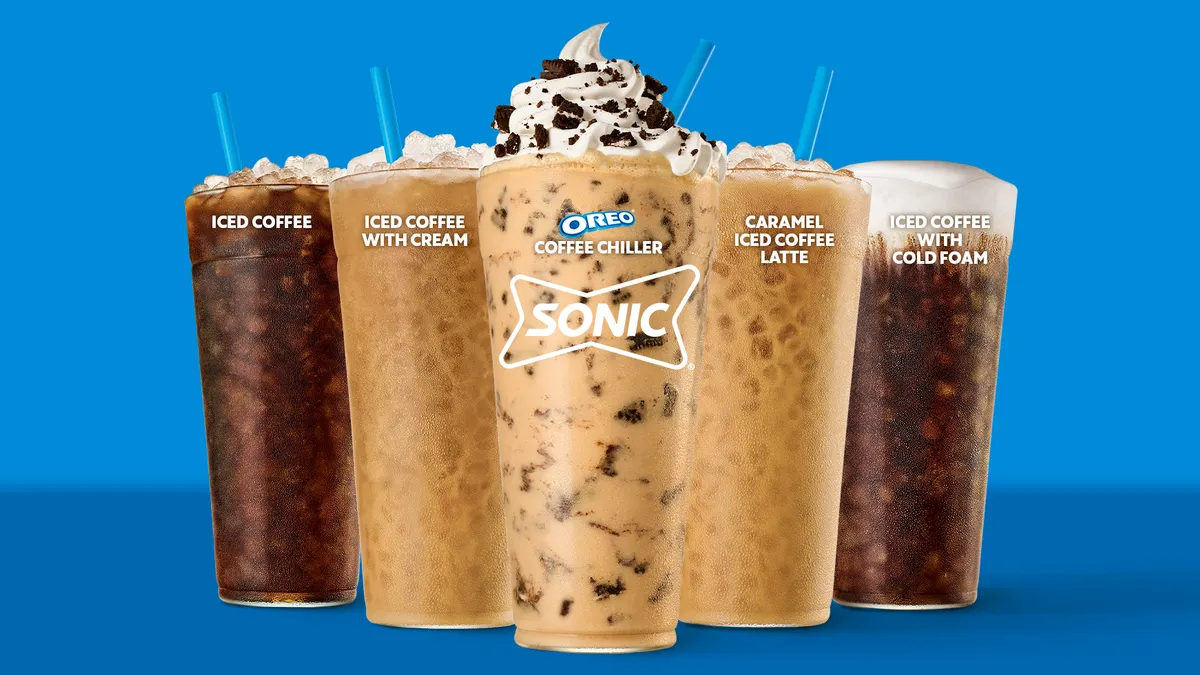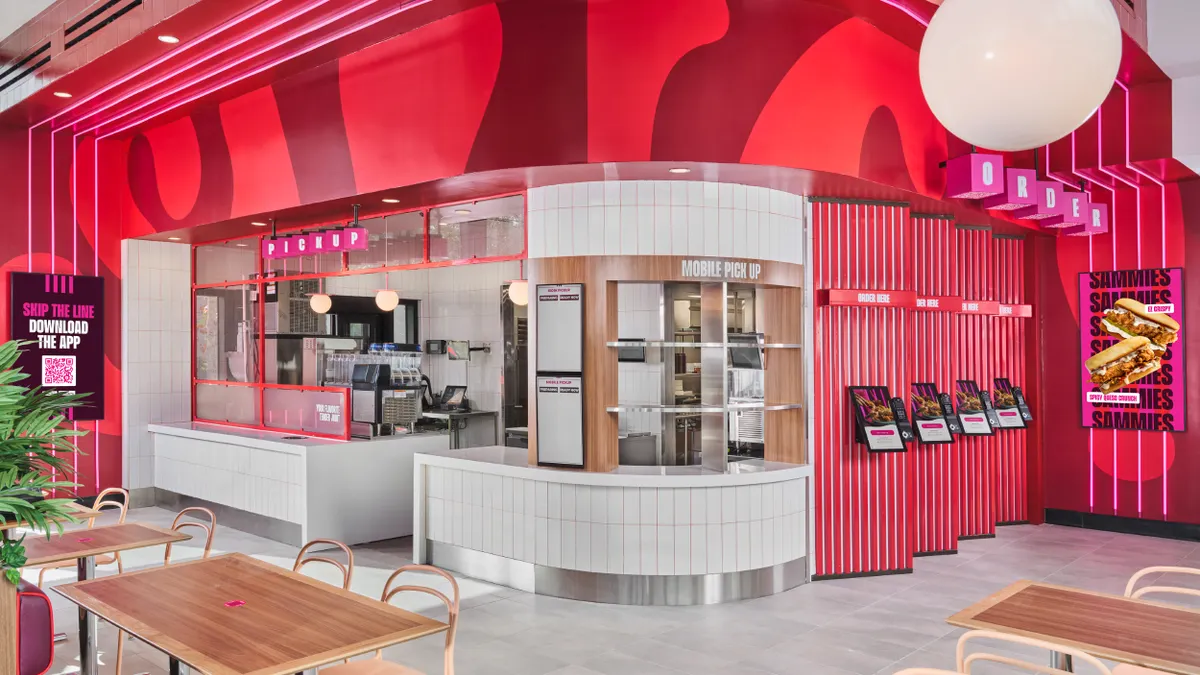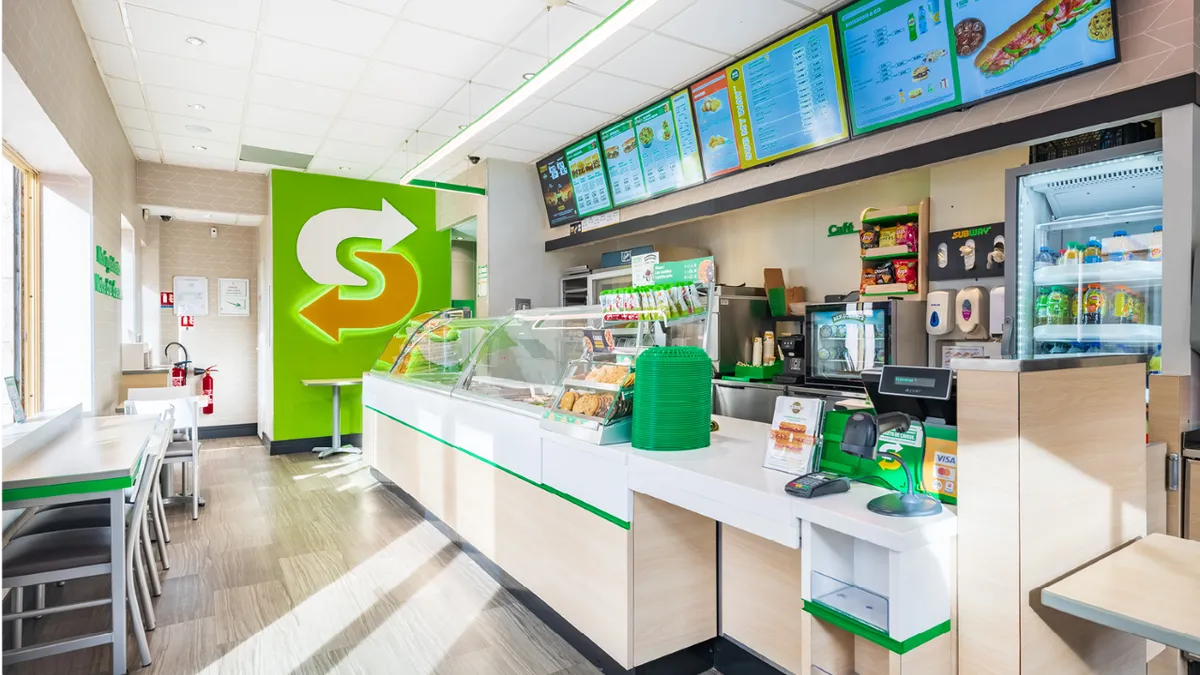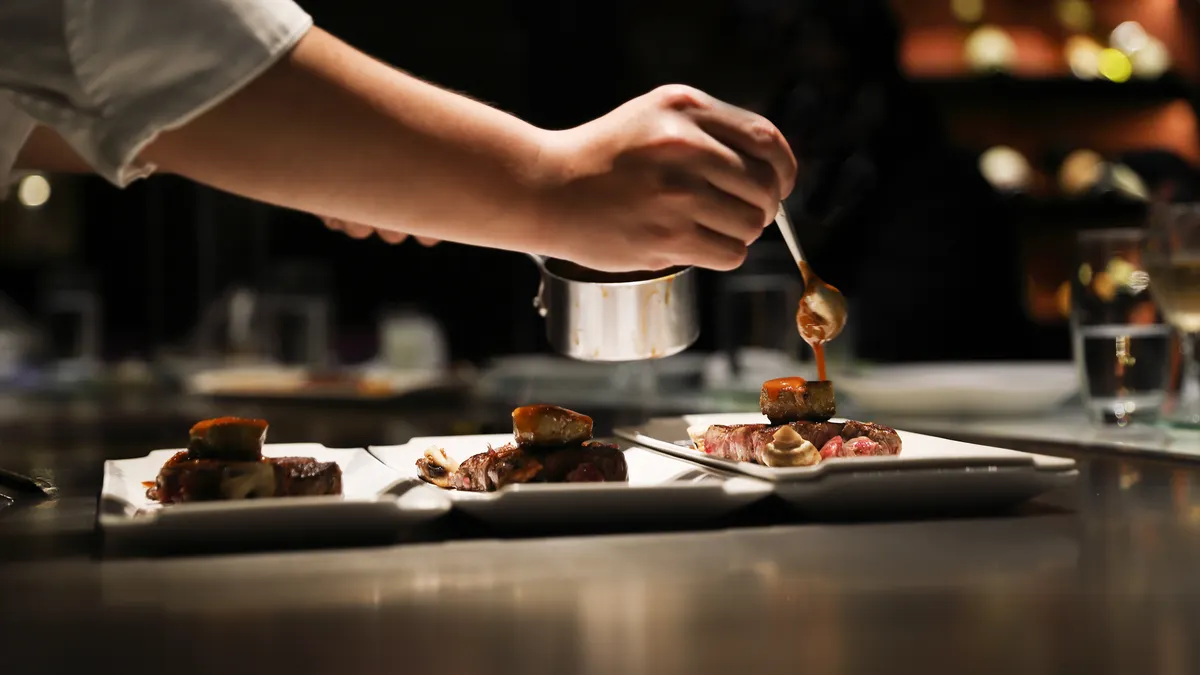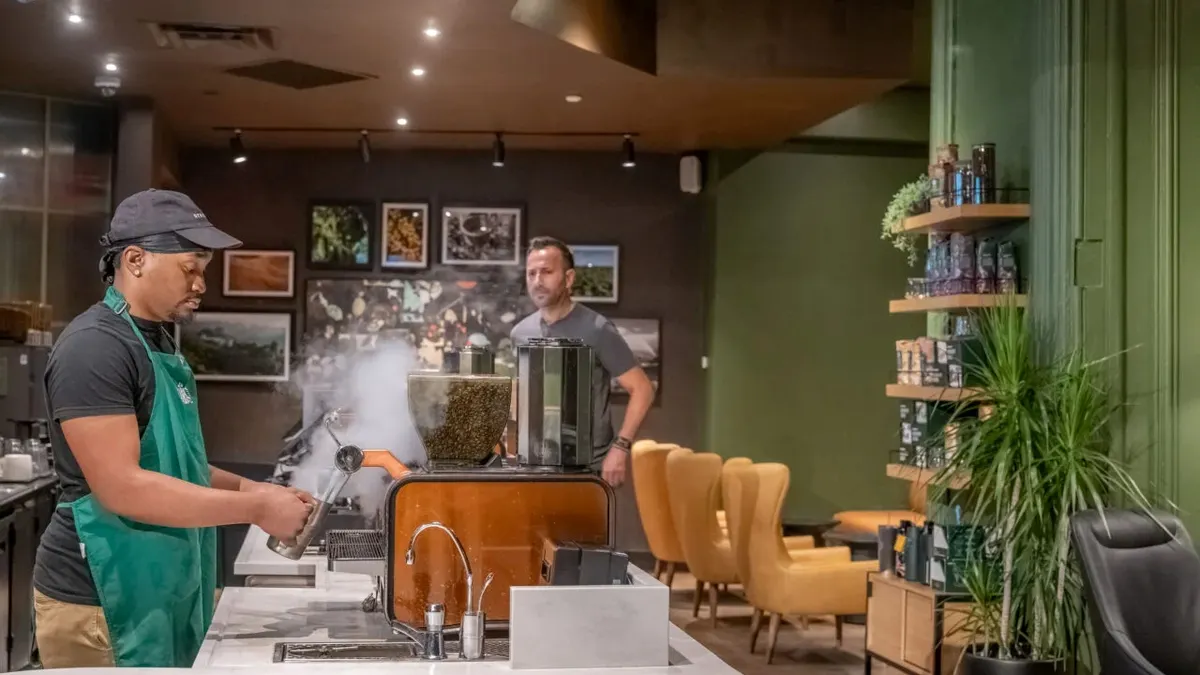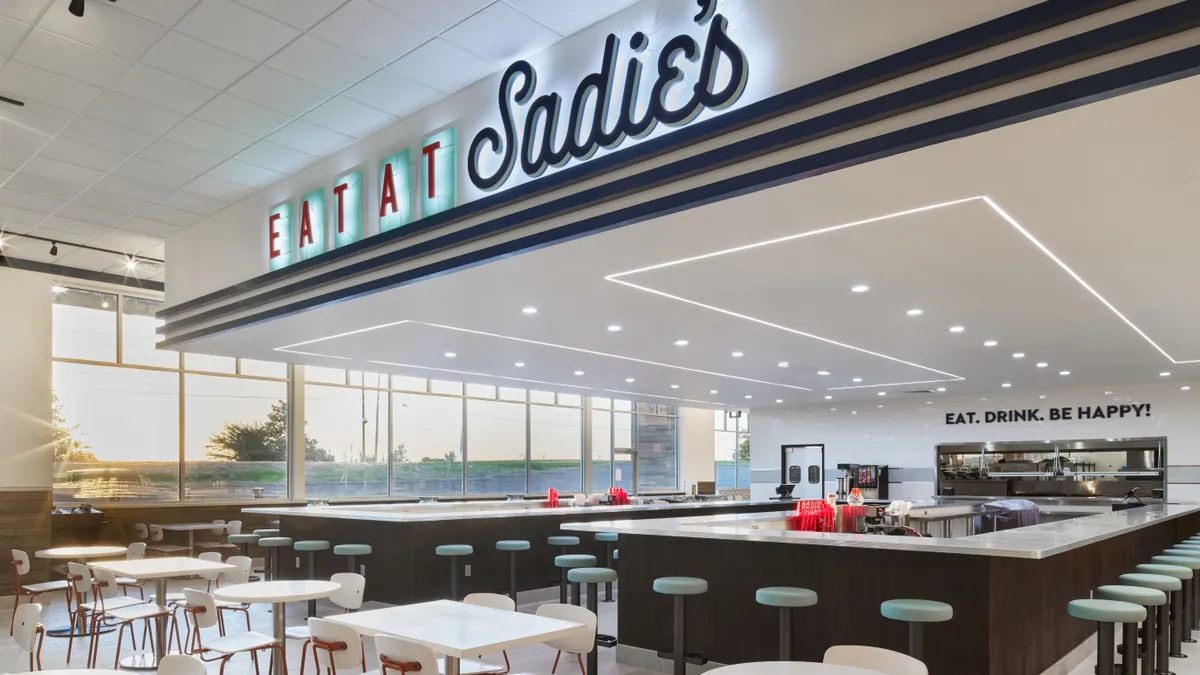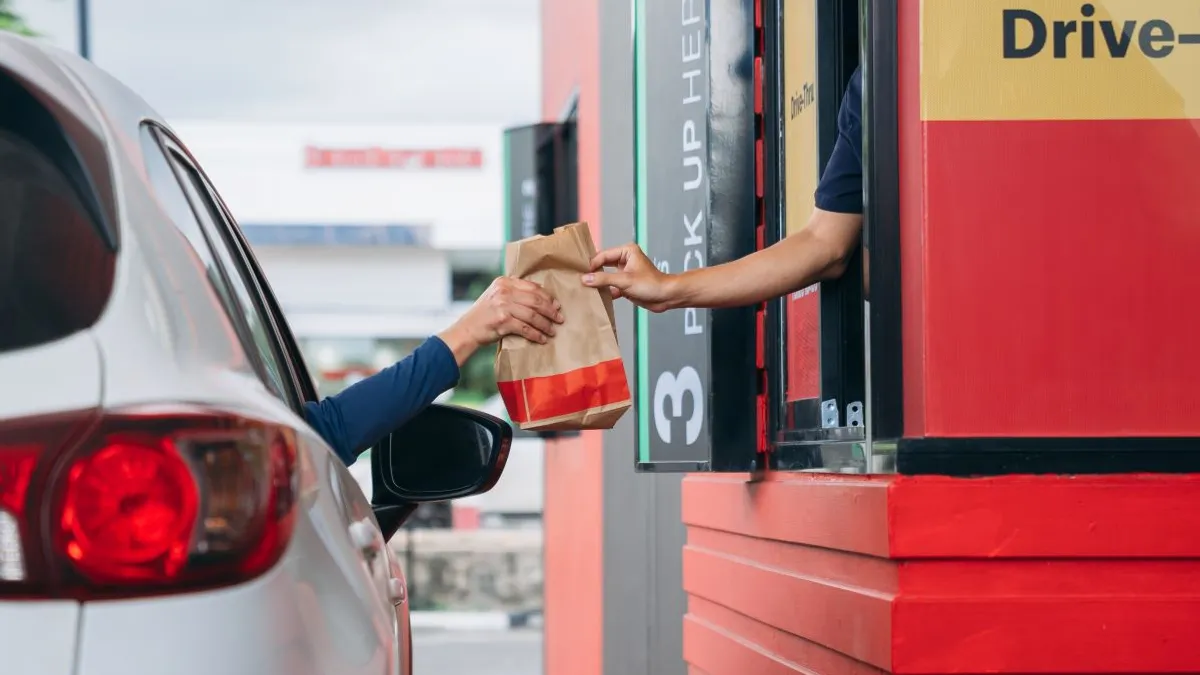The beverage sector may be the most dynamic part of the restaurant industry, sitting at the confluence of major trends within snacking, solo dining, social media driven-marketing and flavor development.
As a result, many restaurant brands and operators now place strategic emphasis on beverage trends to drive profit, said Melissa Mackay, senior vice president of marketing and insights at Westrock Coffee.
“Beverages are among some of the few categories that have strong margins and high upsell potential,” Mackay told Restaurant Dive. “A $4 coffee or a refresher can easily turn a $7 sandwich into a $12 check.”
From fine dining restaurants with signature cocktail menus to global coffee chains, the core beverages on offer have expanded dramatically in recent years, encompassing a range of unexpected drinks.
“A huge proportion of consumers that go to Starbucks, for example, have no interest in a coffee beverage. It's been really a sweet-flavored beverage that might have coffee in it, but I wouldn't say the coffee's the core product,” Nicholas Stone, founder and executive chairman of Bluestone Lane, said during an interview with Restaurant Dive at the National Restaurant Association Show in Chicago.
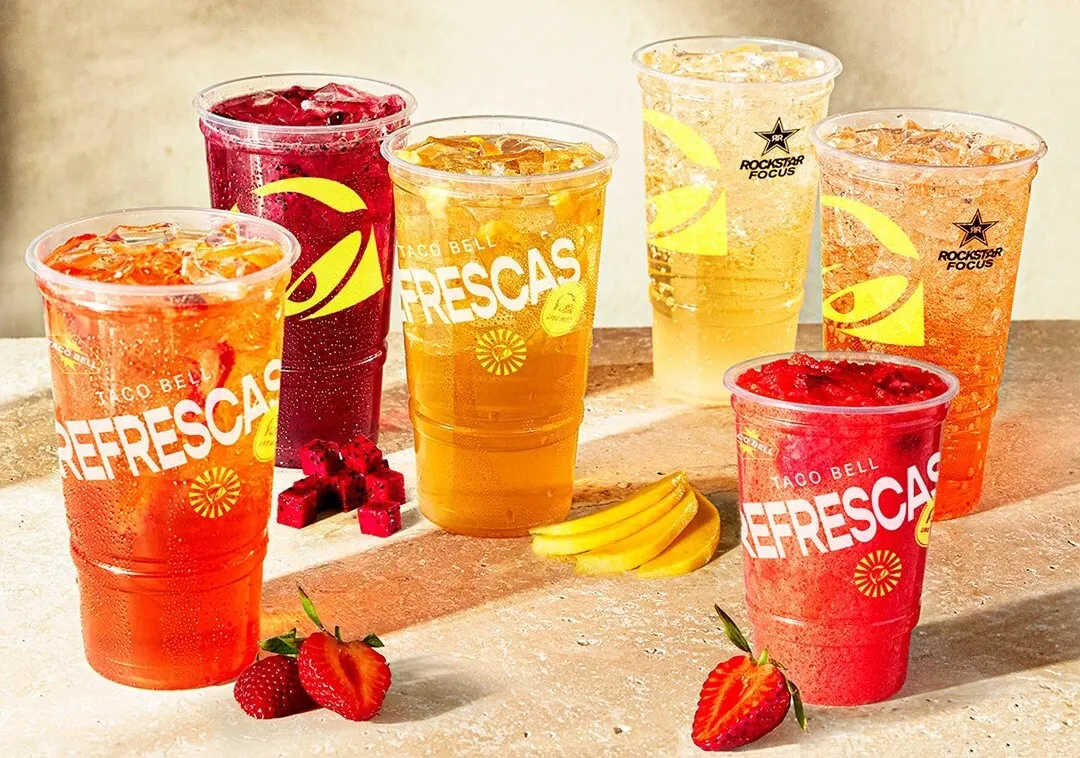
Core drinks are diversifying
Nowhere is the expansion of core beverage categories clearer than in refreshers, a broad category of beverages that encompass everything from sparkling, caffeinated seltzers to iced green tea mixes. Mackay said that the bulk of refreshers on the market utilize a green tea base, though lemonade is also common.
While refreshers tend to be sweet, “they're much lighter on the palette, so definitely not as heavy or thick as a coffee or as bold as a coffee. They're easily flavored, too,” Mackay said.
The appeal of a light, less-sweet but still caffeinated drink is multifaceted. Consumers get an energy boost, and lower sugar content (relative to soda and some coffees) and inclusions like fruit can create a healthy perception of such beverages. This impression is strengthened by common marketing of green tea as a super food. A light colored base can be easier to adapt for visually engaging photos — coffee’s coloration is difficult to overcome.
And then there’s the operational benefit of refreshers. Refresher bases tend to take on flavors quite easily, making them a versatile drink platform that operators can quickly customize for seasonal LTOs, Mackay said. Such flexibility is appealing to brands that iterate their menus quickly. Major QSR chains have hopped on the refresher bandwagon, with Taco Bell adding its Refresca platform and Whataburger debuting Whatafreshers.
The healthier premium beverage trend extends up the value scale, from QSRs all the way to fine dining, where mocktails are proliferating.
Jacob Hoop, area assistant director at Ithaka Hospitality, said during a discussion on mocktails at the NRA Show that there were “60 million consumers of the non-alcoholic market, 30 [million] of the low-ABV. Within the next three years, this industry is about to grow by $4 billion.”
Some of that growth comes from the same demand driving the growth in refreshers: consumer desire for seemingly healthy alternatives. But some development is driven by advances in the production of ingredients for non-alcoholic drinks, Hoop said. Ingredients like oils and glycerin can create interesting textures, while ginger and jalapeños can produce something like the burn of alcohol, giving modern mocktails a more impressive mouthfeel, Hoop said.
Jonathan Gillespie, a partner at Adalina, a modern Italian restaurant in Chicago, said that consumer preferences are driving a shift toward mocktails in fine dining.
“The overall quantity of people drinking has been going down for quite a while now,” Gillespie said. “And definitely there’s a lot more popularity of non-alcoholic beverages.”
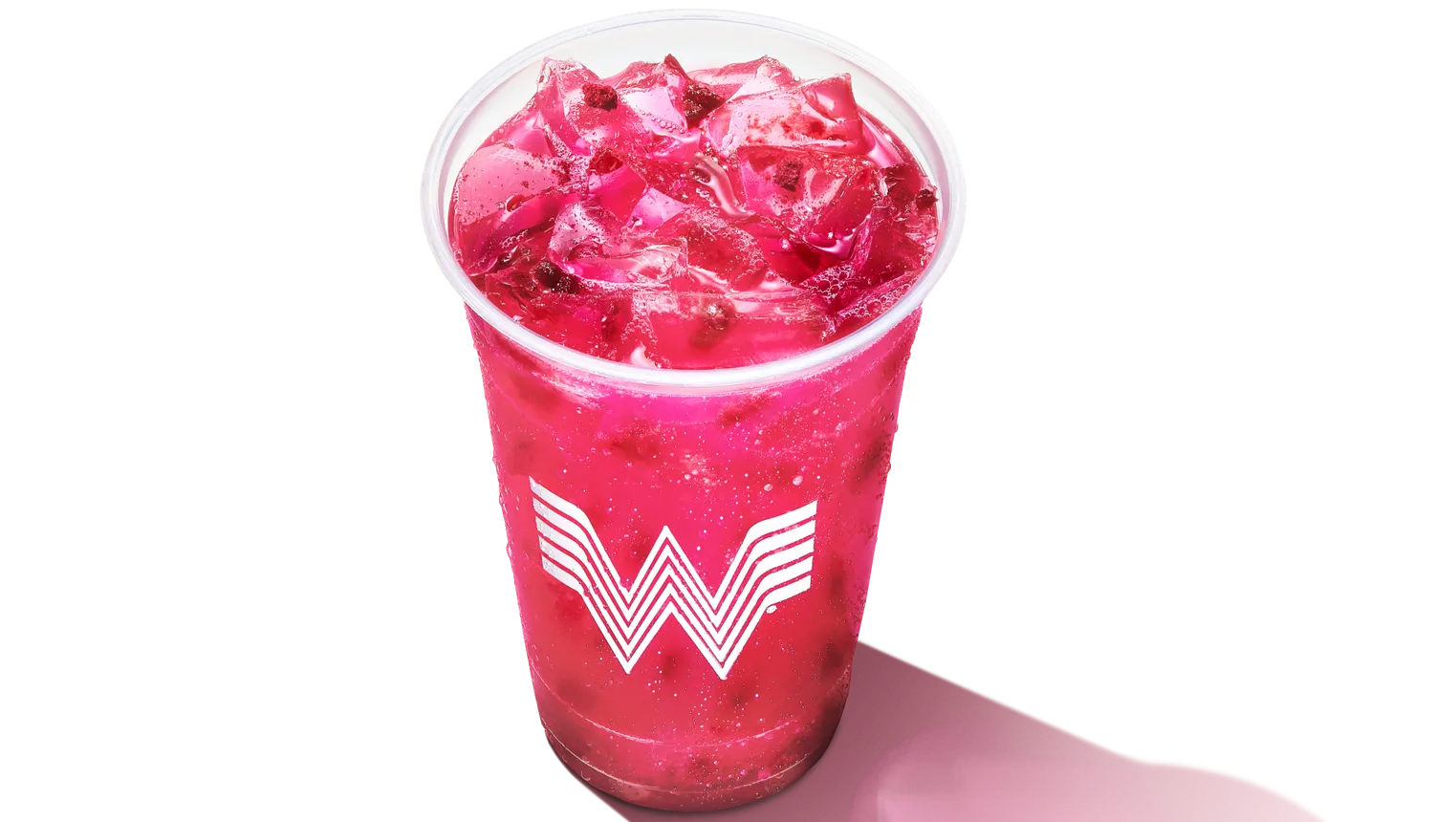
Beverage innovation is creating new dayparts
As menus change and consumer preferences shift, the times and occasions when diners are seeking out beverages are also changing.
“Refreshers, as they’ve come onto the scene, and grown more in popularity, are creating that afternoon daypart,” Mackay said.
Deetricha Younger, vice president of marketing at Royal Cup Coffee & Tea, said the occasions for caffeine consumption are changing in response to new drinks like refreshers.
Ashley Peeples, senior vice president of sales and marketing at Royal Cup Coffee & Tea, said refreshers, cold brew and other caffeinated, premium beverages have eroded the frequency of consumers drinking hot coffee only slightly, indicating that consumers are increasing the number of beverage occasions, rather than shifting from one drink to another.
“The beverage pie is getting more entries,” Peeples said. “I don't think it really eats into the coffee consumption yet, because our demand is not going down.”
“Maybe you're losing hot [coffee] in the morning because some people are cold [coffee drinkers], but now you have cold drinkers in the afternoon,” Peeples said.
These consumer preferences are benefiting the snack and drink occasions at the expense of meal daypart, Mackay said.
Faced with full-service dining costs of upwards of $100 per person, consumers in major cities are turning towards beverage-focused concepts open in the afternoon and brunch dayparts, Stone said.
“A lot of people are saying, ‘rather than going out for dinner twice a week, I'm going to go out for dinner once, and I'll go to a great cafe experience and probably spend $30 a head at the cafe,’” Stone said.



